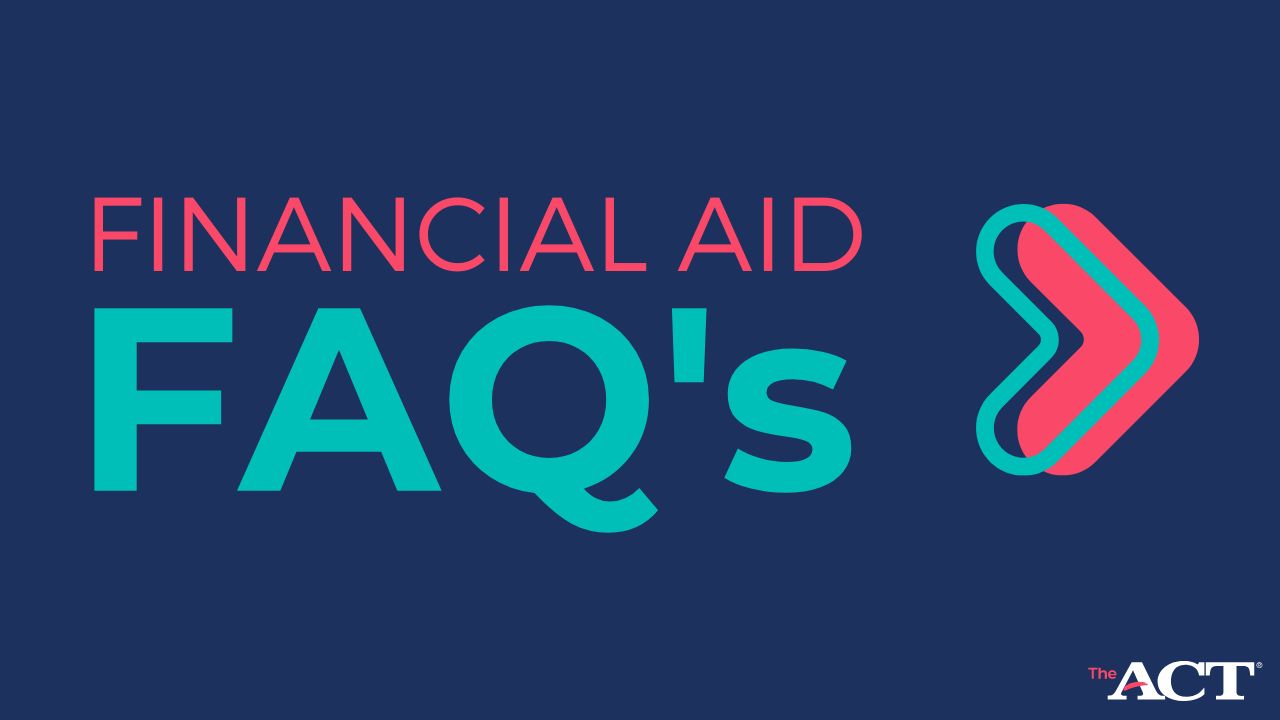Understanding Your Financial Aid Package
What to Look for in Your Award
What to consider once you've received your financial aid package:
1. Cost of Attendance: The estimated amount of money the college or university charges for tuition and fees. This may also include other educational costs such as books, supplies, and living expenses.
2. Expected Family Contribution (EFC): This is the number used to define how much financial aid you’re eligible to receive based on your family’s income, assets, benefits, size, and the number of family members attending college at the same time.
3. Scholarships and Grants (Gift Aid): Gift aid is money that does not have to be repaid, such as a Pell Grant. Keep in mind that there may be academic requirements, work study obligations, or athletic or artistic fulfillments.
4. Loans: Federal and college loans can be critical to your ability to earn a higher education. It is important to keep in mind that this money must be repaid and that the terms (interest rate, payment schedule, etc.) can be complicated.
5. Net Cost: This is the gap between what financial aid covers and the cost of attendance. It’s your remaining out-of-pocket balance. Net Cost is NOT what college will cost you, as financial aid often includes loans. Do not use net cost alone to compare which college or university is the least expensive. As you review your financial aid package, remember to pay special attention to which funds are gift aid and which are loans.
Financial Aid FAQs
My Journey On-Demand Session
For most students and parents, calculating the cost of college is a primary and stressful factor in determining which school is the right school.
This session will help you gain the clarity to make confident decisions by learning about the financial aid process, including timelines and major action points, as well as how to find a wealth of information from the Federal Student Aid website.

Learn More About Paying for College
ACT provides comprehensive college planning resources to help you make informed decisions about your educational and professional path. Explore our paying for college resources to gain valuable insights on financial aid, scholarship tips and much more!